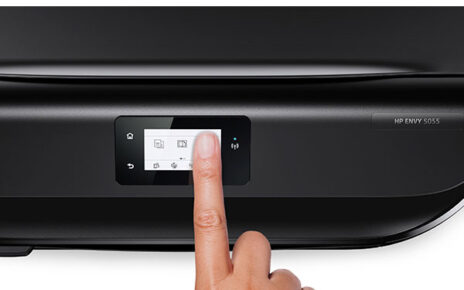Digital Rights Management (DRM) encompasses a range of technologies and solutions designed to protect digital content and intellectual property. These solutions vary in their approaches and functionalities, catering to different industries and content distribution models. In this article, we will explore the different types of DRM solutions and their applications in safeguarding digital assets.
1. File-based DRM
File-based DRM is a common type of DRM solution used to protect individual files or documents. It involves encrypting the content and implementing access control mechanisms to ensure that only authorized users can access the files. File-based DRM can include features such as password protection, digital watermarks, or secure file formats. This type of DRM is often utilized for e-books, sensitive documents, or software applications.
2. Streaming DRM
Streaming DRM is specifically designed for media streaming services, such as video-on-demand platforms or music streaming platforms. It focuses on secure content delivery and playback during real-time streaming. Streaming DRM solutions employ encryption techniques to protect the transmitted content, and they require the use of authorized streaming applications or devices to access the protected media. Popular streaming DRM technologies include Widevine, PlayReady, and FairPlay, which are widely used by major streaming platforms.
3. Hardware-based DRM
Hardware-based DRM involves integrating DRM capabilities into specific hardware devices. These devices, such as smartphones, tablets, or gaming consoles, have dedicated security components that provide enhanced protection for digital content. Hardware-based DRM offers an additional layer of security beyond software-based solutions. It ensures that content can only be accessed and used on authorized devices, limiting the risk of unauthorized copying or distribution. Hardware DRM is commonly used for video game consoles, set-top boxes, and mobile devices.
4. Network DRM
Network DRM focuses on protecting content during distribution over networks, including broadcasting or digital cable services. This type of DRM solution ensures that the content remains encrypted and secure throughout the distribution process. Network DRM technologies often include conditional access systems (CAS) or digital encryption standards to prevent unauthorized access to the transmitted content. Network DRM is commonly used by cable and satellite television providers, ensuring that only subscribers with valid access rights can view the content.
5. Social DRM
Social DRM, or Forensic watermarking DRM, is a unique approach to DRM that involves embedding invisible watermarks or unique identifiers within the digital content itself. These watermarks are used to track and identify the source of unauthorized copies or distribution. Social DRM does not rely on encryption or access control but rather on tracing the origins of leaked or pirated content. It serves as a deterrent by discouraging users from sharing content illegally due to the risk of being identified through the watermarked copies.
6. Cross-platform DRM
Cross-platform DRM solutions are designed to ensure compatibility and interoperability across different devices and operating systems. They enable content to be securely accessed and consumed on various platforms, such as smartphones, tablets, computers, or smart TVs. Cross-platform DRM ensures that users can enjoy protected content seamlessly across their preferred devices, enhancing the user experience and expanding the reach of digital content.
7. Cloud-based DRM
Cloud-based DRM solutions leverage cloud infrastructure to store and distribute protected content. They offer scalability, accessibility, and ease of management for content creators and distributors. Cloud-based DRM provides secure storage and delivery of content, enabling users to access protected media from anywhere, on any device. This type of DRM is commonly used by streaming services, digital libraries, and online platforms.
In conclusion, DRM solutions come in various types, each addressing specific needs and requirements in protecting digital content and intellectual property. Whether it’s file-based DRM, streaming DRM, hardware-based DRM, network DRM, social DRM, cross-platform DRM, or cloud-based DRM, these solutions play a crucial role in ensuring the secure distribution, access, and usage of digital assets across different industries and platforms.




